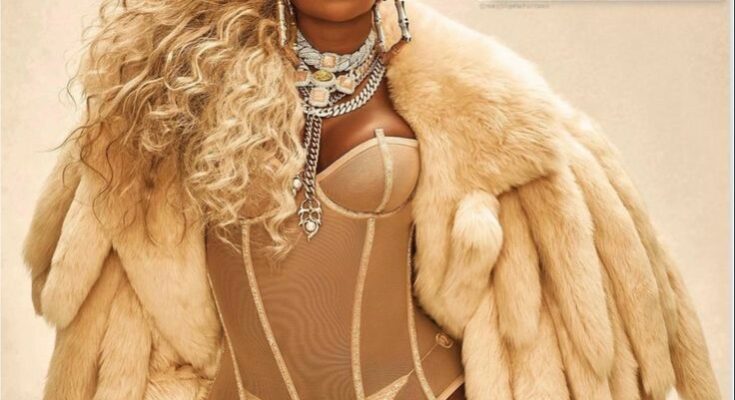Few artists have worn their pain and triumphs so boldly on their sleeve as Mary J. Blige. Crowned the Queen of Hip-Hop Soul, Blige is far more than just a musical icon—she is a symbol of resilience, authenticity, and empowerment. With a career spanning over three decades, her story is not just about the evolution of sound, but the transformation of a woman who turned personal battles into universal anthems. To talk about Mary J. Blige is to explore the intersection of music, culture, healing, and legacy.
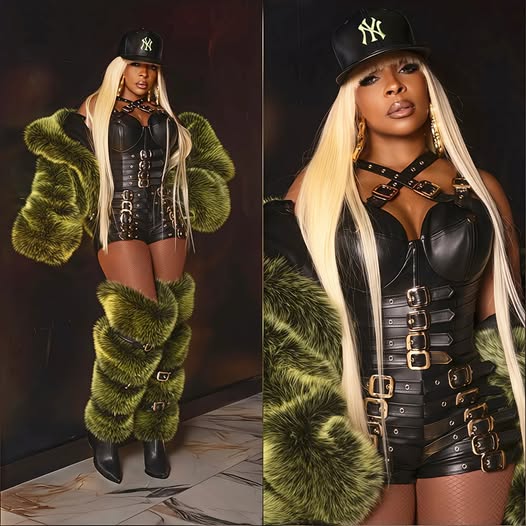
Humble Beginnings
Born on January 11, 1971, in The Bronx, New York, Mary Jane Blige was raised in Yonkers in a housing project known for its challenges. Her early life was marred by struggle—her father was a Vietnam War veteran with PTSD who left the family when Mary was young, and her upbringing was shaped by poverty, abuse, and trauma.
Music, especially soul and gospel, became a form of escape and expression. Inspired by artists like Aretha Franklin, Chaka Khan, and Anita Baker, Mary found her voice at an early age. A pivotal moment came when, as a teenager, she recorded a cover of Anita Baker’s “Caught Up in the Rapture” in a mall recording booth. That demo landed in the hands of Uptown Records, leading to her first major break.
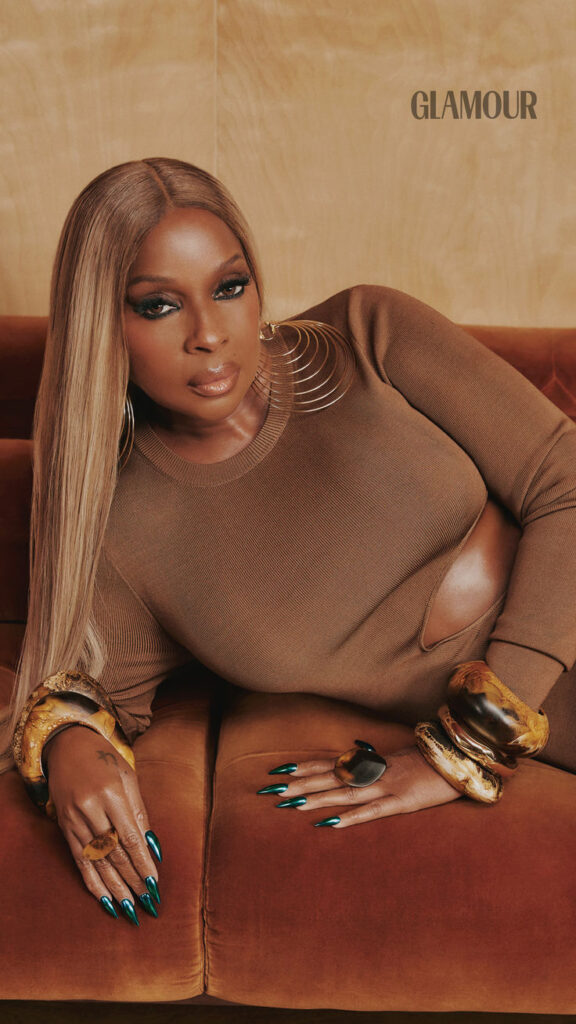
A New Voice in R&B
In 1992, Mary J. Blige released her debut album, What’s the 411?, produced in part by a young Sean “Puffy” Combs (now Diddy). The album was a revelation. Blige fused the rawness of hip-hop beats with the vulnerability and power of R&B vocals. Songs like “Real Love” and “You Remind Me” showcased a young woman who could sing about heartbreak, strength, and survival all in the same breath.
The album’s impact was immediate and massive—it went triple platinum and redefined what R&B could sound like. It birthed a new genre—hip-hop soul—and Mary was its reigning queen.
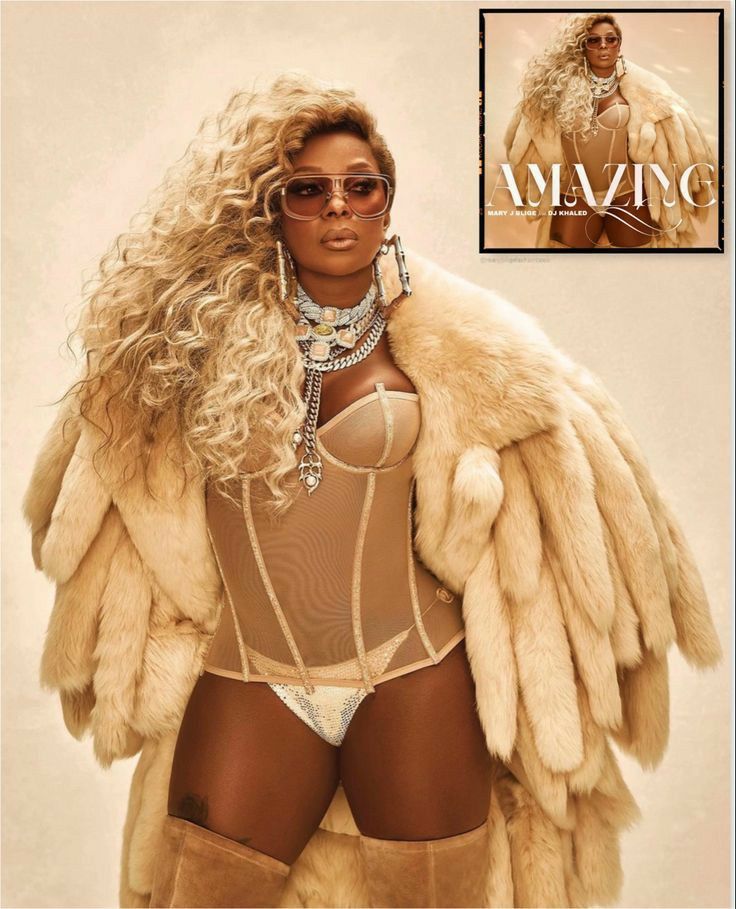
Sharing the Pain, Healing the World
What set Mary J. Blige apart wasn’t just her voice, but the emotion she poured into every note. Her second album, My Life (1994), is widely considered her magnum opus. Written during a period of deep personal pain, marked by depression and addiction, the album was brutally honest and deeply vulnerable.
Songs like “I’m Goin’ Down,” “My Life,” and “Be Happy” were not just hits—they were lifelines for listeners going through their own battles. Mary’s music became a mirror for many, especially Black women, who saw their own struggles reflected in her voice. She didn’t pretend to be perfect—she was real. And in that raw honesty, she became an icon.

From Pain to Power
Mary’s career has been a journey of transformation. After years of battling substance abuse and toxic relationships, she began to reclaim her life and her strength. Her music shifted with her. Albums like No More Drama (2001) and The Breakthrough (2005) chronicled that evolution—less about surviving pain and more about owning power.
“No More Drama” was a bold declaration of self-worth, while “Be Without You” became one of her biggest commercial successes. These songs weren’t just chart-toppers—they were testaments to Mary’s resilience and growth. Fans didn’t just admire her; they felt her. And in turn, they healed with her.
A Force Beyond Music
Mary J. Blige’s influence extends far beyond the music industry. She has also built a remarkable career in film and television. Her performance in Mudbound (2017) earned her critical acclaim and two Academy Award nominations—one for Best Supporting Actress and another for Best Original Song. That made her the first person ever nominated for both acting and songwriting in the same year.
She’s also taken on powerful roles in shows like Power Book II: Ghost, where she portrays the fierce and commanding Monet Tejada, reminding fans that her strength isn’t just in her voice—it’s in every presence she brings to the screen.
Blige has also become a fashion and beauty icon. Her signature blonde hair, fierce style, and unapologetic confidence have made her a staple in both music and fashion circles. She’s launched her own fragrance line and continues to inspire women to embrace their own boldness and beauty.
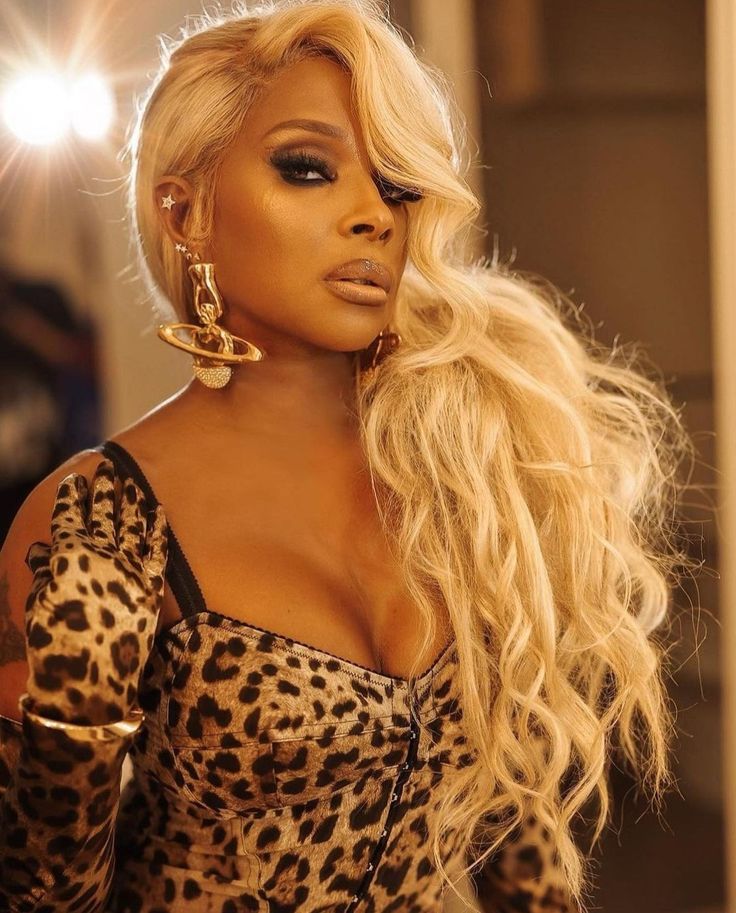
Speaking for a Generation
Mary J. Blige speaks for those who’ve struggled, fallen, and gotten back up. She represents the power of vulnerability turned into strength. Through heartbreaks, career ups and downs, addiction recovery, and even a high-profile divorce, she’s remained open and unapologetically herself.
In 2022, she was honored with the Icon Award at the Billboard Music Awards, and she performed at the Super Bowl LVI halftime show alongside Dr. Dre, Eminem, Kendrick Lamar, and Snoop Dogg. Her presence there was symbolic—it marked her not only as a legend in hip-hop and R&B but as a cornerstone of the culture.
A Living Legacy
Mary J. Blige’s impact is woven into the DNA of modern music. Artists like Beyoncé, Rihanna, Alicia Keys, and H.E.R. have cited her as a major influence. Her fusion of raw emotion with gritty beats opened doors for generations of artists who now sing and rap without boundaries.
Beyond the accolades and awards, her legacy is lived out in the lives she’s touched. Fans see her not as a distant celebrity, but as a sister, a survivor, a queen who made it through and shared her truth along the way.
Conclusion
Mary J. Blige is more than music—she is a movement. She is the voice of heartbreak and healing, of trauma and triumph. Through her honesty, she has given others permission to be vulnerable. Through her strength, she has shown us how to rise. And through her continued evolution, she reminds us that it’s never too late to grow, to change, and to love yourself.
Her story isn’t just one of success—it’s one of survival. And in a world that often demands perfection, Mary J. Blige remains beautifully, powerfully, and unapologetically real.
That’s what makes her legendary.
